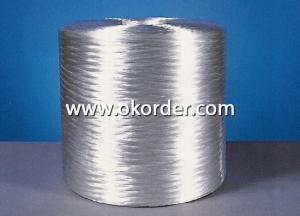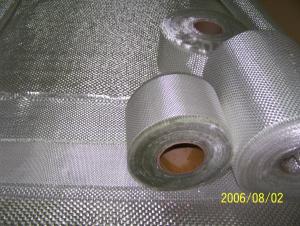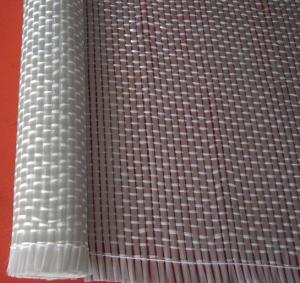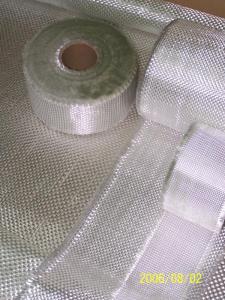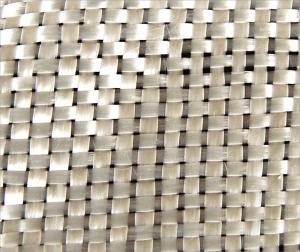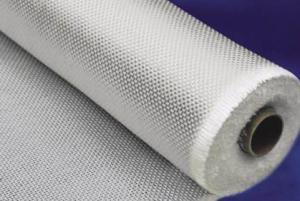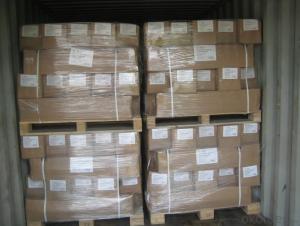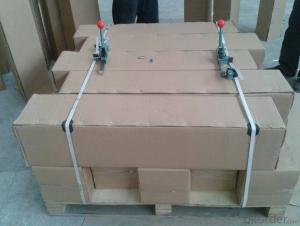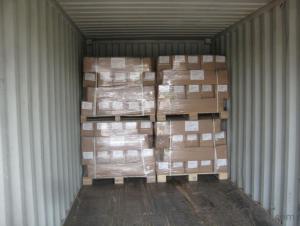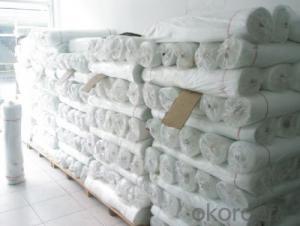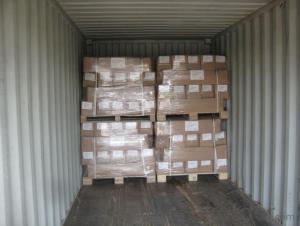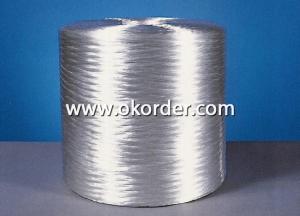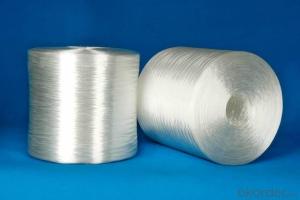Fiberglass Roving Roll 50-Lb - E Glass Fiber Woven Roving for FRP Usage
- Loading Port:
- Shanghai
- Payment Terms:
- TT or LC
- Min Order Qty:
- 16000 kg
- Supply Capability:
- 160000 kg/month
OKorder Service Pledge
OKorder Financial Service
You Might Also Like
Product Description
E-Glass Woven Rovings are bidirectional fabric made by interweaving direct rovings.
E-Glass Woven Rovings are compatible with unsaturated polyester, vinyl ester, epoxy and phenolic resins.
E-Glass Woven Rovings are a high-performance reinforcement widely used in hand lay up and robot processes to manufacture boats, vessels, plane and automotive parts, furniture and sports facilities.
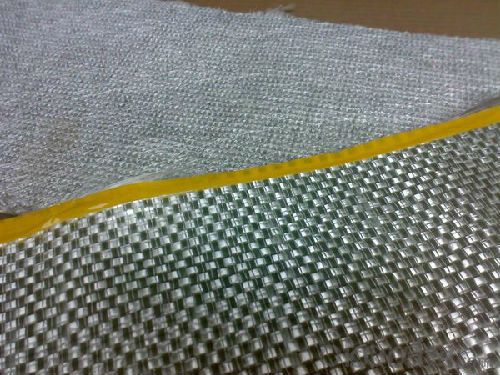
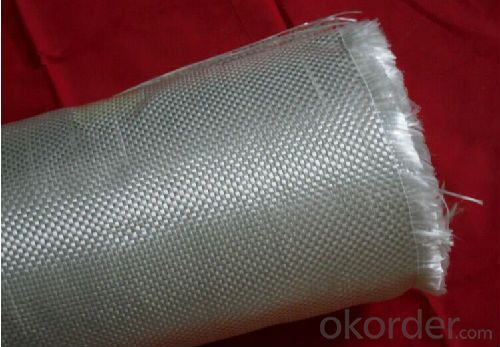
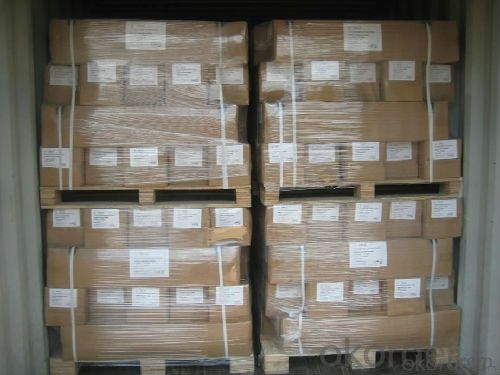
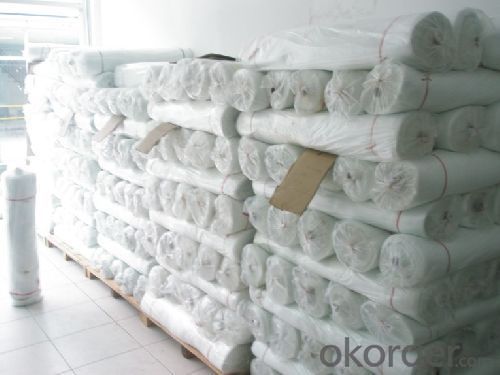
Warp and weft rovings aligned in a parallel and flat manner, resulting in uniform tension
Densely aligned fibers, resulting in high dimensional stability and making handling easy
Good moldability, fast and complete wet out in resins, resulting in high productivity
Good mechanical properties and high strength of parts
Product Specifications
Property | Area Weight | Moisture Content | Size Content | Width |
(%) | (%) | (%) | (mm) | |
Test Method | IS03374 | ISO3344 | ISO1887 | |
EWR200 | ±7.5 | ≤0.15 | 0.4-0.8 | 20-3000 |
EWR270 | ||||
EWR300 | ||||
EWR360 | ||||
EWR400 | ||||
EWR500 | ||||
EWR600 | ||||
EWR800 |
FAQ
Q: Can you accept sample order?
A: Yes, we accept samples with little and reasonable charge
Q: What is your MOQ?
A: Normally,4 rolls.
- Q: Does toughened glass and glass?reinforced?plastics are the same?
- It should be said that they are the same material.
- Q: What are the main molding processing methods of plastics
- There are many methods of plastic forming. Six main forming methods are listed below: 1 injection molding and injection molding, extrusion molding. 2. extrusion molding, which is the main molding of thermoplastic plastic molding, 3 hollow blow molding, also known as the 4 compression molding also called compression molding. The upper and lower mold installation the template in the press on, the plastic material directly into the cavity, the mold is closed, full of plastic cavity in the heat and pressure, setting after plastic products. 5, injection molding and transfer molding. One of the main forming method is thermosetting plastics. It is feeding room, plastic pellets into mould in the heating, melting plastic under pressure through the pouring system of bottom mold transfer chamber fills the cavity, and then cure it. 6, solid molding molding plastics in melting temperature, in the molding process No obvious flow condition, for two times molding plastic sheet, such as vacuum molding, compression molding and air pressure molding, original for thin-walled parts molding, first used in the manufacture of thick wall parts. 7, other molding calendering, there are many casting plastic molding methods...
- Q: What is the technological process of glass?Fiber?chopped?strand mat?
- Fiber reinforced epoxy resin composite material forming process. Compared with traditional materials, the composite material has a series of irreplaceable characteristics, which has been developed rapidly since the second world war. Although the production is small, but the level of composite materials is one of signs that marks national or regional science, technology and economic level. Composite material is mainly composed of two parts: reinforced material and base material. Reinforced material: In composite material, some reinforced material such as the glass fiber in glass?reinforced?plastics and carbon fiber in CFRP(carbon fiber reinforced material) give major mechanical property to composite material. Matrix: Matrix is a single material which aims to make composite material as a whole such as resin in glass?reinforced?plastics( epoxy resin referred in this paper). Composite materialcan be divided into three kinds according to the matrix material: resin composite material, metal matrix composite material, and inorganic nonmetallic composite material such as ceramic matrix composite material.
- Q: What is glass fibre reinforced plastic
- It can pass through the electromagnetic wave. It is made of synthetic resin and glass fiber through the composite process with good electrical insulation, high strength, and easy coloring. Glass fiber reinforced plastic is a new functional composite material used in different field with light weight, good instantaneous high temperature performance and thermal insulation. Glass?reinforced?plastics has a wide variety with slow heat transfer(also known as glass fiber reinforced plastic, internationally recognized abbreviation is GFRP or FRP).
- Q: Introduction of inorganic glass fiber reinforced plastic air pipe
- Inorganic glass fiber reinforced plastic air pipe, according to the properties of the binding materials, can be divides into: Made of binding materials with glass fiber mesh cloth hydraulicity inorganic glass steel duct and made of cementitious materials and glass fiber mesh air hardening modified magnesium oxychloride cement duct with two types of modified magnesium oxychloride cement to the sulfate type. The pH value of the hardened material should be less than 8.8, and there is no alkalinity corrosion of the glass fiber. Inorganic glass steel duct should be used alkali-free, medium alkali or alkali resistant glass fiber mesh cloth, and are consistent with current national standard "glass fiber grid" JC561, "the alkali free glass fiber roving," JC/T281, "in the alkali glass fiber roving" JC/T576 regulations. The quality of magnesium oxychloride cement duct Magnesium Oxide should comply with the national standard "Magnesium Oxide" light burned magnesite products with WB/T1019-2002 regulations. Inorganic glass steel duct can divided into the overall common type (non insulation), integral insulation type (inner and outer surface of inorganic glass steel, middle insulating material) and combination type (by special adhesive, composite plate, flange, reinforcement angle etc) and the combination of insulation, its production parameters should comply with the provisions of the table 1, 2, 3. The longitudinal and transverse lap joint distance between adjacent layers of glass fiber grid cloth should be more than 300mm, and the distance of the same layer lap joint shall not be less than 500mm. Lap length should be greater than 50mm. The wind pipe surface thickness of the slurry flating glass fiber mesh cloth is appropriate. And the surface do not have dense pores and spillage.
- Q: What parts must used fiber reinforced concrete?
- I can not say yes or no. General speaking, mass concrete should be used in commercial construction, the underground multi-storey residential, or extra long structure. Of course, it all depends on the customes. There are a variety of fiber on the market. We should be cautious when choosing it. The cellulosic fiber is the fiber with the best dispersity and Luo Sai fiber is one of them.
- Q: Nominal interpretation of fiber reinforced concrete
- Mix composite materials with random and uniform distribution of short fiber in cement concrete, including steel fiber reinforced concrete. Technical specification for fiber reinforced concrete structures CECS.
- Q: What is organic glass?
- Acrylic plexiglass (acrylic) , English Acrylic transliteration, is a combination of acrylic acid and methacrylic acid chemicals. Acrylic plate often is said to be poly methyl methacrylate (PMMA) plate, which is composed of methyl methacrylate monomer (MMA) polymerization. Acrylic plexiglass (acrylic) history can trace back to the early 20s, acrylic (PMMA), according to the polymerization,can be divided to casting plate (Cast Sheet points) and extrusion plate (Extruded Sheet), pultrusion into various sifferent hollow sections and organic glass acrylic (acrylic English) is Acrylic, UV resistant plate, plate and plate (also known as extinction silk matte board).Organic glass acrylic plate according to the transmittance can be divided into pure transparent plate, so the use of glass steel doors and windows for doors and windows can reduce the trouble, and basically the same life building. FRP glass fiber reinforced materials, acrylic plate is often said that the poly methyl methacrylate (PMMA) plate, this method greatly reduces the cost of MMA, The mechanical thermal curing pultrusion molding, high flexibility, anti-corrosion, casting industry is more suitable for small batch production of sheet metal of different colors, now most of the PMMA sheet called acrylic plate. Acrylic and organic glass all come from the brand name "Oroglas". However, more crack. Some people think that the transparent plastic plate is the organic glass, and molecular weight of casting plate is high. Acrylic plexiglass (acrylic) can trace back to the early 20s, oil and other corrosive media have special anti-corrosion function, high strength, sound insulation and so on.
- Q: What resin fiber powder can be used for?
- 扔掉
- Q: What is glass fiber extrusion
- Glass fiber extruding machine set can be used to produce different shapes of glass fiber reinforced plastics in different shapes, which can be formed by the oven traction machine oil pump station and so on.
Send your message to us
Fiberglass Roving Roll 50-Lb - E Glass Fiber Woven Roving for FRP Usage
- Loading Port:
- Shanghai
- Payment Terms:
- TT or LC
- Min Order Qty:
- 16000 kg
- Supply Capability:
- 160000 kg/month
OKorder Service Pledge
OKorder Financial Service
Similar products
Hot products
Hot Searches
Related keywords







